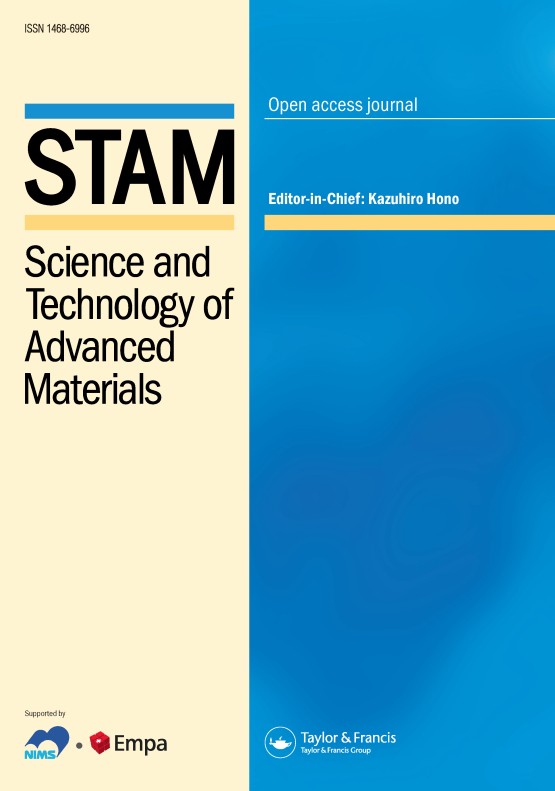Meet the Editor:
Professor Sarah Cartmell
In commemoration of International Women’s Day, we reached out to our female Editors in STEM for an interview on their experience as a woman in the field. In this edition of our “Meet the Editor” series, we speak to Professor Sarah Cartmell, Associate Editor of Science and Technology of Advanced Materials (STAM).
Prof Sarah is prominent in the UK Tissue and Cell Engineering Society and is currently its President. She was council member of Tissue Engineering and Regenerative Medicine International Society (European Chapter) TERMIS EU from 2012 to 2015. She was a core review panel member for UK Biotechnology and biological sciences research council from 2011 to 2016. In addition, she is an external evaluating panel member and UK expert advisor to the European Union as a member of The European Cooperation in the field of Scientific and Technical Research (COST) in the ‘Biomedicine and Molecular Biosciences’ Domain.
Prof Sarah has also been awarded 48 grants, >£5.8 million of grants as lead PI and >£9.6 million as both PI and CI from 22 different competitive sources ranging from government, charity and industry.
Can you introduce yourself, give us a brief description about who you are, and where you are based in the world.
I am a Professor of Bioengineering at The University of Manchester, UK. I am originally from Manchester and growing up, I was interested in both Medicine and Engineering as a career pathway. In 1993, I was delighted to be offered a place to study on an B.Eng. undergraduate programme in Clinical Engineering with Materials Science at The University of Liverpool, which combined both interests well. I graduated in 1996 and started a PhD in the same University studying different medical applications of a degradable phosphate based glass.
One of these applications was tissue engineering and I have been working on orthopaedic tissue engineering ever since. I worked as a PDRA at GeorgiaTech for two years before moving back to the UK to Keele University. In 2010, I joined The University of Manchester. As well as fundamental research where we investigate the mechanism of how cells respond to different stimuli, I am interested in application and work with many industry partners to aid translation. I have a spin off company established in 2021 named Retendon Ltd to translate the tendon repair products we have developed at Manchester over the last few years.
I am also interested in service and leadership and have been Head of The Department of Materials from 2019 to 2023. In 2023, I took up a new role as Vice Dean and Head of School of Engineering which is a vast and diverse school with around 7,000 students, 580 academic and research staff and 200 professional services staff.
In a few sentences, please describe the focus of your work.
My research is focused on developing ways to create functional in vitro orthopaedic tissue with a view for improved patient treatment for osteoarthritis, trauma or tissue replacement needed as a result of diseases such as cancer. I design bioreactors which are chambers that house the 3D tissues being grown, to provide appropriate nutrient supply, stimulus to help the tissue grow (such as mechanical or electrical stimulus) and have online monitoring so we can quickly assess the status and quality of the tissue being grown.
I am interested in coculture, which is growing more than one cell type or tissue together at one time, such as bone and cartilage together. This occurs physiologically but is difficult to replicate in vitro. Recently I have been working with colleagues interested in creating biomarkers for early detection of different cancers. We have been translating the tissue engineering techniques I have developed to grow ‘normal’ and ‘cancerous’ tissue and comparing the two tissue phenotypes as they develop.
We hope soon to be able to identify a biomarker signature that can be detected in the blood of patients predisposed to particular types of cancer in order to easily pick up early stages of the disease and thus give a better patient outcome as treatment could be started earlier if it is detected earlier. I have also been recently developing a portfolio of research in skin care, working with companies to develop 3D printed skin models that either replicate a wound or replicate a disease such as psoriasis so that new drugs and treatments can be tested easily.
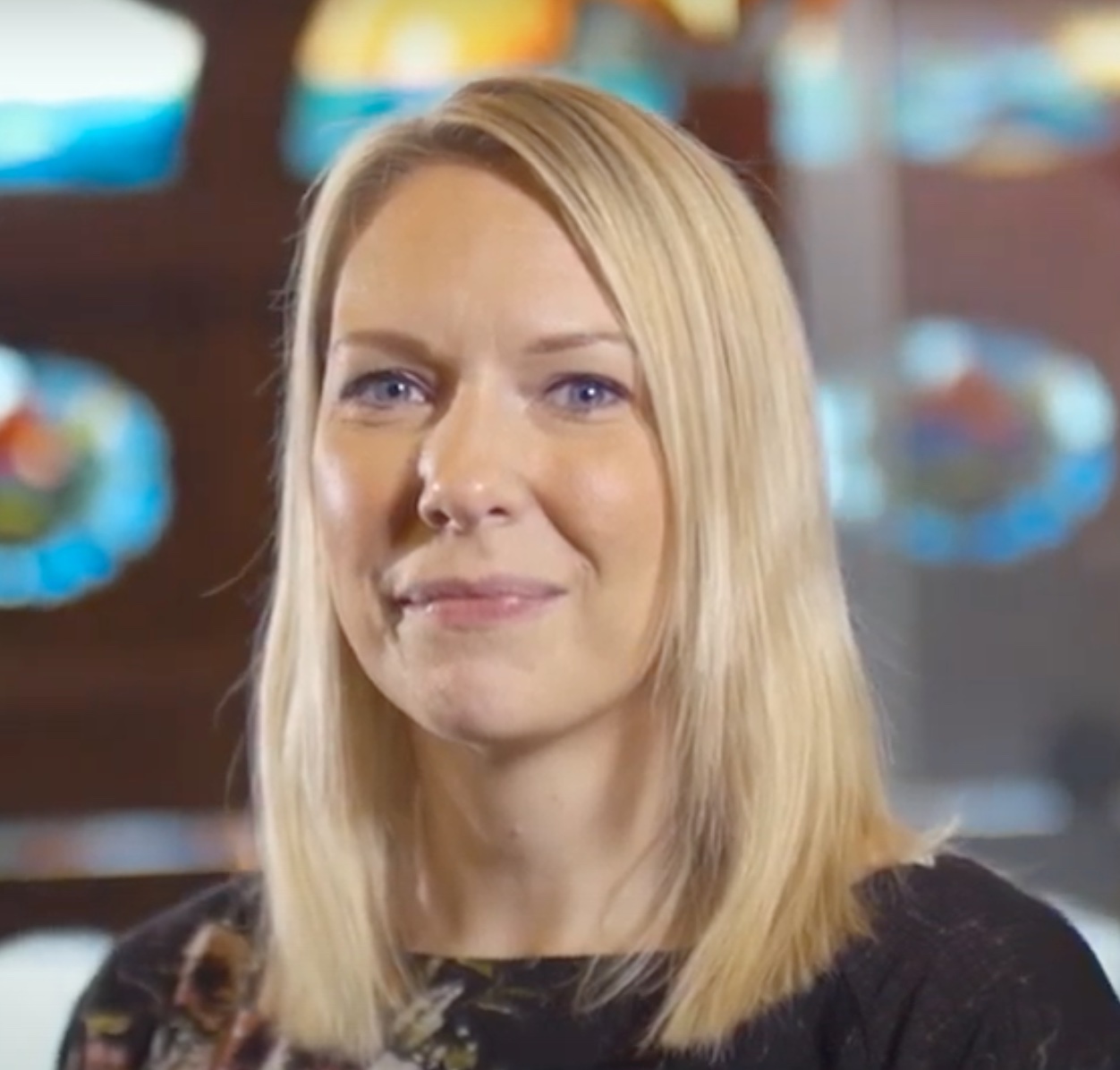
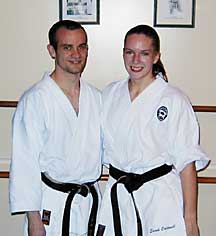
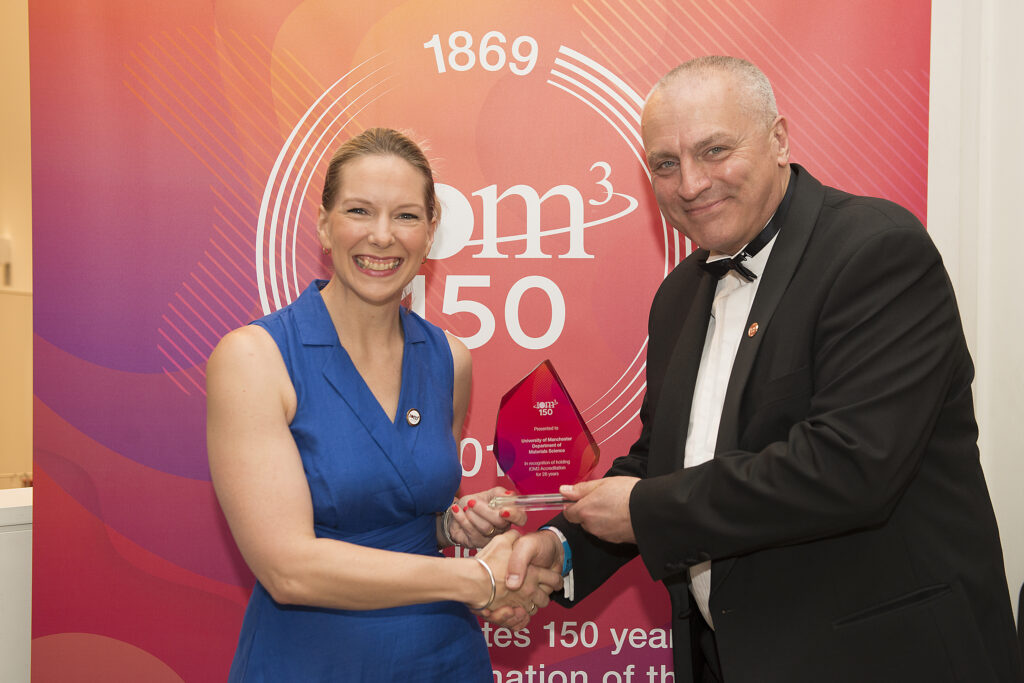

What led you to become an associate editor with STAM, and could you briefly share what your day-to-day role as an editor entails?
I have been working with STAM since 2016 when I received an invitation to join the team as an associate editor. The journal is very closely aligned with my own research interests as I work with advanced materials, and I am committed to contributing to the dissemination of excellent research in this area. As such, I felt that being an associate editor for STAM is an excellent way to contribute further to the field. I also love the international aspects of this journal and the exceptional communication and professionalism of the team.
My work in this role is spread over the years and comes with contact from the office asking to handle newly submitted journal articles that fall into my field of specialty. I first read the article myself and then give a recommendation whether STAM would be a suitable fit for the article (in terms of excellence, novel and of interest to STAM readers). If I recommend to proceed further with external review, I am able to then select reviewers so they can give their assessment of the article. Usually, reviewers respond quickly and align in their views of areas that need to be addressed by the authors before publication. The authors are invited to make the recommended adjustments. I can oversee each step of the process to check excellence, fairness and consistency.
These are my main roles as identified by STAM as an associate editor:
Why should researchers submit to STAM?
STAM is an international and excellent platform to disseminate your research – it is very well-respected journal that has rapidly risen in impact factor over the last few years, which reflects the esteem in which readers and the scientific community hold the journal. The process is quick from submission to final acceptance / publication, and communication is excellent. We have some great and inspiring research that is published in STAM.
You’ve achieved significant success in a traditionally male-dominated field. What lessons have you learned along the way that can benefit other women aspiring to leadership roles in STEM and academia?
It is on reflection that I realise formative influences on my science and engineering training have helped shape my attitude and confidence in my work. I attended an all-girls school from 11-18 years old that had a strong focus on science and engineering. As such, I was surrounded most of the time by first-rate females who were both teaching and training in the same environment, and it was ‘normal’ to be working to a high level in engineering subjects.
Also, I am the youngest of four children, with two older sisters and an older brother, all studying science and engineering at Oxbridge. I am aware now, that this will have had a strong influence on me, and I am very lucky to have had this exposure. For those that are not in the same position, I would recommend an active reflection on your own environment and what is considered ‘normal’ to yourself as I strongly believe that this aspiration and confidence building can be developed irrespective of formative influences.
Engagement in outreach activities, such as visiting schools, is exceptionally important to me. This is so that people of all backgrounds can recognise themselves in these roles and see these routes as an option to them and that an engineering career can be accessible too
What drives your passion for bioengineering and your dedication to supporting women in STEM? What are your future hopes and aspirations in these areas?
My passion for bioengineering and supporting women in STEM come from the same source – helping others and making a difference where I can contribute. I am now trained in the skills in bioengineering and with the rate of technology advancement, not just in bioengineering area but in areas of communication, this makes the global community much easier to reach, bringing much more synergy and faster rates of innovation as a result.
Many people have helped mentor myself through my career (and still do!) and I am forever grateful. It’s important for me to give back to others in this way. For the future, I can see bioengineering gaining great advances already. My hope for the future in this area is safe and efficient regulatory guidance to aid translation and full consideration for all working in this area on responsible research and innovation.
This means not just moral and ethical considerations about what our technology can bring in terms of changes on society but also consideration of impact on sustainability (life cycle analysis of materials used).
My aspiration for women in STEM is that for all gender types to have confidence building exposure and active considerations enabled to them for their future career choices.
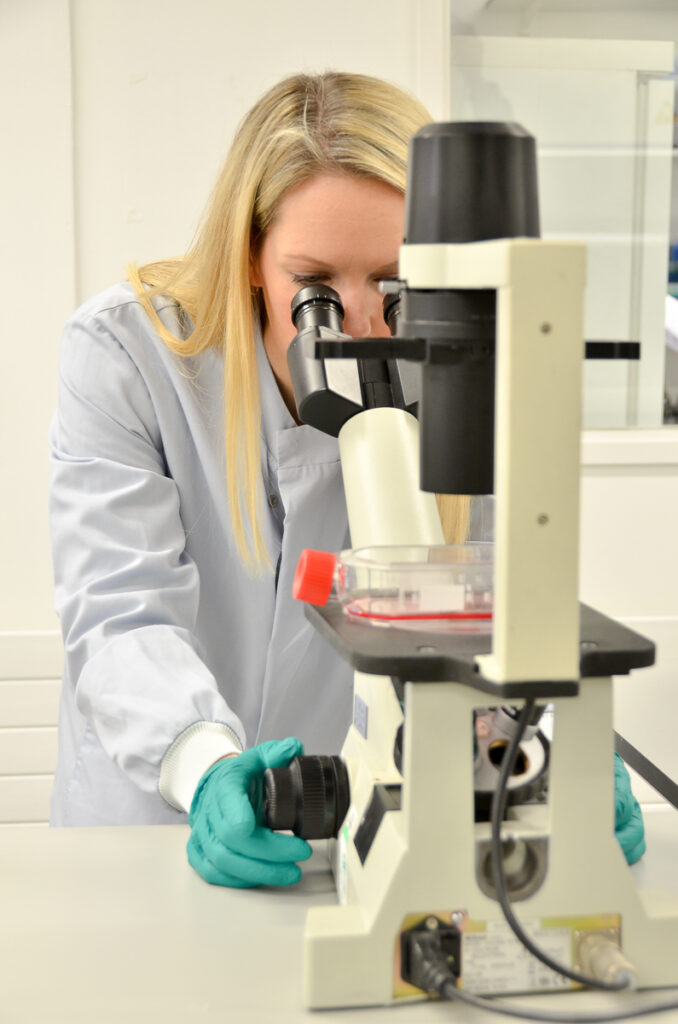
About the Journal
Science and Technology of Advanced Materials (STAM) is a leading open access, international journal for outstanding research articles across all aspects of materials science. Our audience is the international community across the disciplines of materials science, physics, chemistry, biology as well as engineering.
The journal covers a broad spectrum of topics including functional and structural materials, synthesis and processing, theoretical analyses, characterization and properties of materials. Emphasis is placed on the interdisciplinary nature of materials science and issues at the forefront of the field, such as energy and environmental issues, as well as medical and bioengineering applications.
